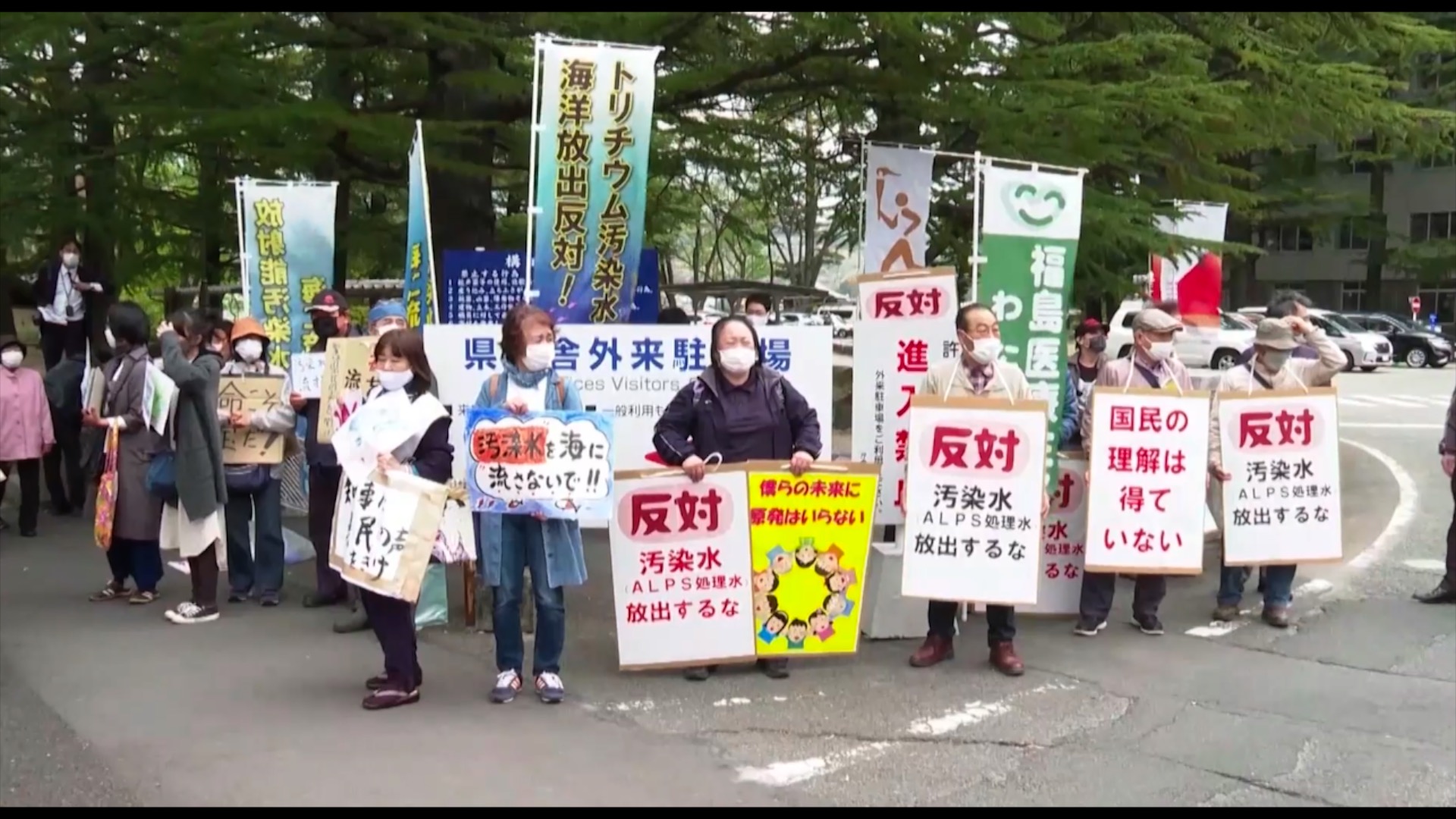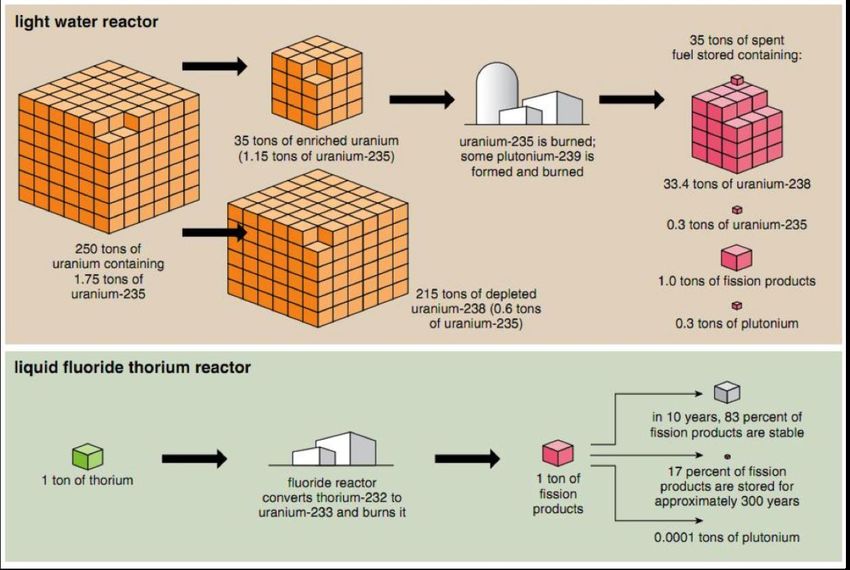
Radioactive Waste Transfer from Japan to the USRadioactive Waste Transfer from Japan to the US According to Tim Peterson, director of cultural landscapes for the Grand Canyon Trust, Japan’s radioactive waste from uranium mining research is being shifted to the White Mesa community in the US. The plant operators are allegedly paid for disposing of this waste rather than processing uranium. Over 99% of the waste will likely be disposed of in waste pits at the White Mesa plant, adding to the more than 700 million pounds of radioactive waste already present. The Japanese mainstream media has not reported on the transfer. Professor Kazuto Suzuki of the University of Tokyo expresses concern that the transfer violates Japan’s nuclear waste recycling policy and questions the lack of media coverage. The waste was generated during uranium mining research in Japan and was destined to be stored as slag in large pits at the White Mesa plant. However, the transfer had not been officially confirmed or reported by the media in Japan due to security concerns. Hajime Matsukubo, secretary general of the Citizens’ Nuclear Information Center, believes that Japan should not dump its radioactive waste in other communities. He also notes that the local Ute Mountain Ute Tribe and White Mesa residents are protesting the plant’s operation. In response to inquiries, JAEA stated that it complies with relevant laws and regulations in both Japan and the local environment when selecting contract partners for overseas smelting activities. Despite these assurances, concerns remain about the potential impact of the waste disposal on the local community and environment.
In a statement to This Week in Asia, Tim Peterson, director of cultural landscapes for the Grand Canyon Trust, said: “This latest shipment from Japan shifts the burden of Japan’s radioactive legacy from Japanese citizens to the people of White Mesa.
“If the plant operators are being paid to receive this shipment from Japan, it is not for processing uranium, but for disposing of waste that the Japanese people do not want near their communities.”
“Although the plant can extract a small amount of uranium from these materials, more than 99 percent of it will likely be buried in the waste pits at the White Mesa plant, along with the more than 700 million pounds (350,000 tons) of radioactive waste stored there already in place,” Peterson added.
 The Bears Ears National Monument near Mexican Hat, Utah, USA. Photo: EPA-EFE
The Bears Ears National Monument near Mexican Hat, Utah, USA. Photo: EPA-EFE
The U.S. and Japanese companies have not disclosed the amount paid to process and dispose of the waste, although the trust has confirmed that Japan paid the plant company $5.8 million in 2005 for the delivery of 500 tons of radioactively contaminated soil.
The transfer of the waste to the US was not reported in the Japanese mainstream media.
“I was not aware that this waste was being shipped to the US and I think it violates Japan’s policy of recycling nuclear waste,” said Kazuto Suzuki, a professor of science and technology policy at the University of Tokyo.
“And I don’t know why the Japanese media didn’t report on this,” he admitted. “It’s the kind of story that a lot of media would love, but I think there’s been no official confirmation of the transfer, which means they’re not willing to speculate about what’s going on.”
The waste was generated during Japanese uranium mining research and development and related studies at the Tono Geoscience Center in Gifu Prefecture and the Ningyo-toge Environmental Engineering Center in Okayama Prefecture.
According to the Citizens’ Nuclear Information Center (CNIC), the plan involves storing 99.5 percent of waste as slag in large pits at the plant.
Hajime Matsukubo, secretary general of the Tokyo-based organization, said there had been no official statements or media reports about the shipment that left Japan and was unloaded in the US in January, although he admitted security would have been a concern.
“The JAEA has not released any information about the transfer and the media here has insufficient knowledge of the matter,” he said.

09:16
What is tritium? The radioactive element that caused controversy during the Fukushima water spill
What is tritium? The radioactive element that caused controversy during the Fukushima water spill
CNIC is campaigning against nuclear power in Japan and Matsukubo says the highly radioactive waste generated here should not be dumped in communities elsewhere in the world.
“Some of the uranium was imported into Japan for research and some came from here in Japan, but it was clearly used here, so we have to find a way to manage the waste that is left behind,” he said.
“If the local people in Utah are willing to accept the waste, that’s fine,” he said. “But they’re clearly not happy about this transfer, and that needs to be respected.
“It is absolutely unacceptable to impose Japan’s radioactive waste on indigenous peoples who are already suffering from this problem. We strongly protest this outrageous act by JAEA.”
Members of the Ute Mountain Ute Tribe and local residents in White Mesa are planning a “spiritual walk” to protest the plant in October and express their concerns that the facility has effectively become a radioactive waste dump and that it threatens public health, water and air quality in the area.
The JAEA was contacted by This Week in Asia for comment.
In response to a general inquiry from CNIC on plans to export radioactive waste in 2022, JAEA said: “When carrying out overseas smelting activities, we will not only comply with the relevant laws and regulations of Japan, but also take into account the relevant environmental and social considerations and compliance with the laws in the local environment when selecting contract partners.”




















